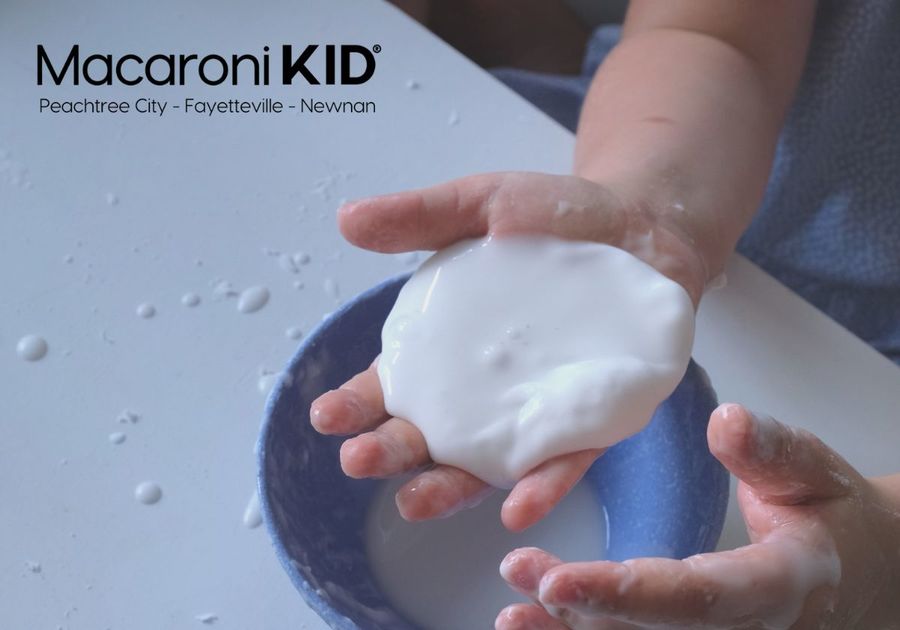It's a Solid... It's a Liquid... It's Oobleck!
Oobleck is a classic science experiment that's perfect for entertaining both kids and adults. If you haven't seen it in action it's very fascinating stuff and before too long you'll have your hands covered with it, happily making a mess that can be washed away with water.
Oobleck gets its name from the Dr. Seuss book Bartholomew and the Oobleck where a gooey green substance, Oobleck, fell from the sky and wreaked havoc in the kingdom.
Materials
- 1 cup of water
- 1 to 2 cups of cornstarch
- Mixing bowl
- Food coloring (optional)
Preparation
- Pour one cup of cornstarch into the mixing bowl, and dip your hands into it. Can you feel how smooth the powder is? It's made up of super-fine particles.
- Now pour the water in, mixing slowly as you go. Keep adding more water until the mixture becomes thick (and hardens when you tap on it). Add more cornstarch if it gets too runny, and more water if it becomes too thick.
- Add a few drops of food coloring if desired. (If you want to turn your Oobleck another hue, it’s easier to add the coloring to the water before you mix it with the cornstarch.)
- Oobleck is non-toxic, but please use caution when doing any science activity. Be careful not to get it in your eyes, and wash your hands after handling the Oobleck.
Experiment
Why is it so hard to get out of quicksand? Is it a solid? Is it a liquid? Can it be both? In this activity, you will make a substance that is similar to quicksand—but much more fun. Play around with it and find out how it acts differently from a normal liquid and a normal solid.
Applying pressure to the mixture increases its viscosity (thickness). A quick tap on the surface of Oobleck will make it feel hard, because it forces the cornstarch particles together. But dip your hand slowly into the mix, and see what happens—your fingers slide in as easily as through water. Moving slowly gives the cornstarch particles time to move out of the way.



